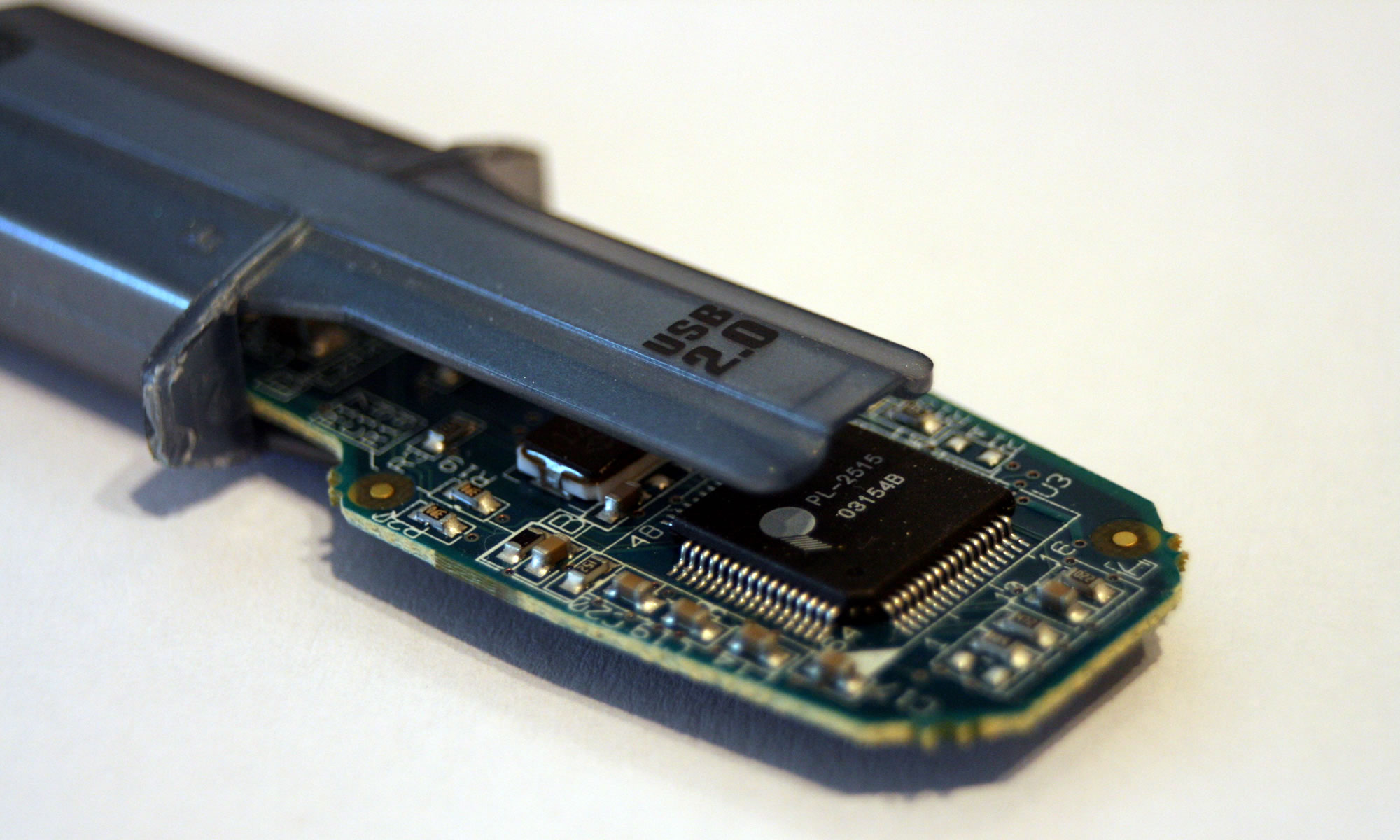Back in October 2010 I upgraded my broadband to FTTC and improved my internet speeds dramatically….
Finally had my broadband upgraded to FTTC and I am impressed. With 40Mb down and 10Mb up this is significantly faster than the 1.3 down and 0.6 up I had before.
It has already changed how I use the internet, whereas before I would probably not consider downloading a film from iTunes during the day, as it would soak up my bandwidth and would take hours to download; now it takes under five minutes to download! No problems with downloading large files and updates now.
This week I lost access to FTTC and dropped back down to those old slow ADSL speeds I thought I had left behind.
The reason was simple I moved house!
Though I only (really) moved down the road and even though I am still connected to the same enabled telephone exchange, it would appear that the cabinet I am connected to hasn’t been upgraded! So as a result no FTTC for me.
The first big issue was digging out an ADSL Modem to use, and alas the one I had, had probably been in the garage or a while, and didn’t work. You can’t use the modem that is provided with FTTC, hence the need for an ADSL Modem. Spent about an hour trying to work out why the old D-Link modem wasn’t working. Doing a hard reset didn’t work. So it was a quick trip to PC World to find a cheap ADSL Modem. In the end I got the Netgear N150 Wireless ADSL2+ Modem Router. I didn’t in fact need the wireless as I use Apple’s Airport Extreme for my wireless networking.
It was easy to configure via a web browser and it wasn’t long before I was connected and using the ADSL connection.
Back when I got fibre I wrote:
The other key advantage is streaming video, which was almost pointless before due to buffering, and like downloading, previous streaming would soak up my bandwidth, having 40Mb down means I can stream and do other stuff at the same time.
Now that I am back on ADSL (and slow ADSL at that) I am once again unable to stream video through my connection and do anything else. An experiment with BBC iPlayer resulted in a slow browsing experience and buffering video. Now that’s going to be annoying and frustrating. The first casualty looks like it will be my Netflix subscription… if I can’t stream video then what is the point? It will also become a hassle to download video files from iTunes too.
I also have concerns about webinars and Skype as I have a very poor upload speed.
Now don’t get me wrong, I love our new house, it’s great. I just hope that BT will get around to upgrading the cabinet soon so I can get FTTC. I also hope they can upgrade the cabinet…. would be doubly annoying if I could never get back on fibre.



